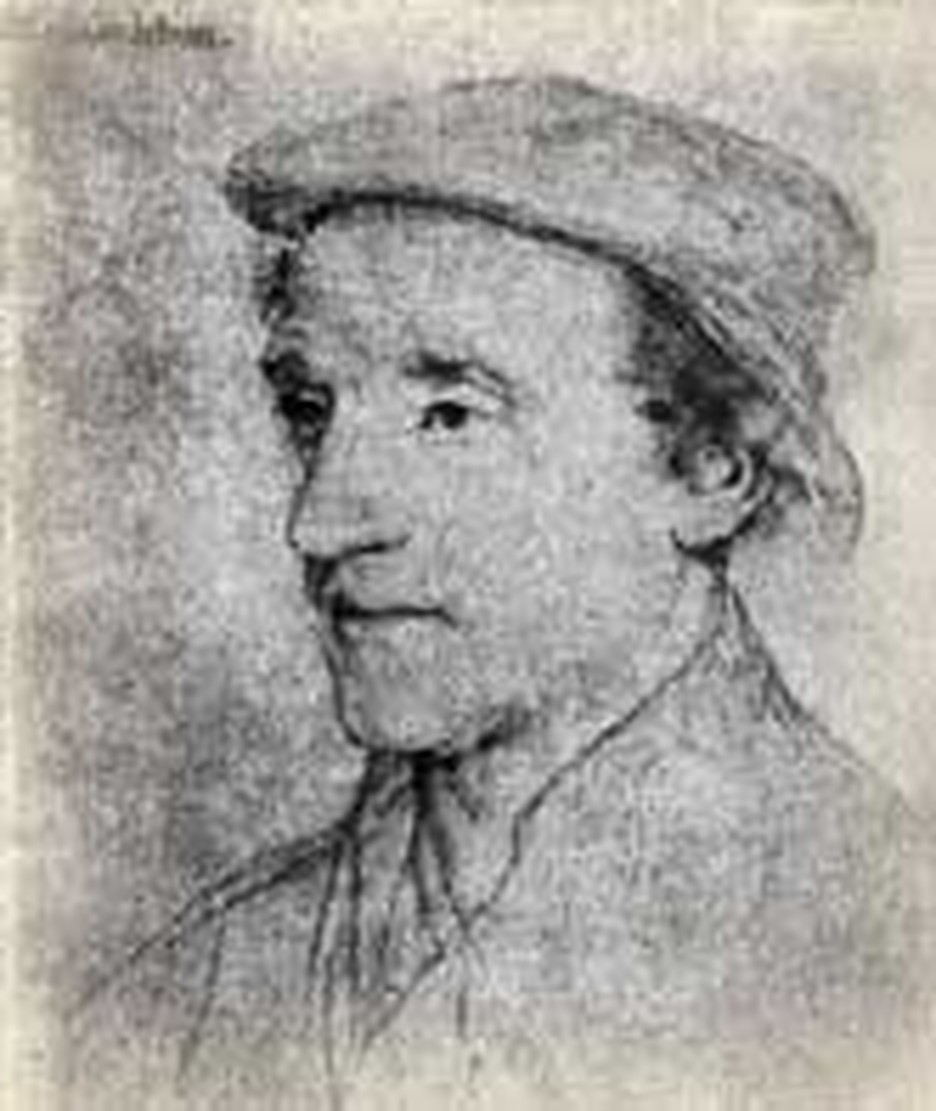
At last. Agreement on what we believe." When the Book of Concord went on sale in Germany, its buyers might have thumped its cover with satisfaction. For years, Lutheran theologians had wrangled over the doctrines of law, faith and free will. But at last they had worked out a "treaty" acceptable to their different camps.
It had not been easy. Lutheran differences came to a head after the Catholic emperor Charles V beat their army in 1547. Charles demanded religious concessions. But how much was it right to concede? Different theologians had different opinions. Those who identified with the teachings of Philip Melanchthon were ready to give more ground than others. They were known as Philippists. Those who wanted to resist Charles were called Gnesio-Lutherans.
Some Lutherans hoped to find a middle ground. Martin Chemnitz, a Philippist and Jakob Andreae, a Gnesio-Lutheran headed efforts to bring the two sides together. Their talks began late in the 1560s. It was not until 1577 that they worked out a formula that would allow them to agree.
They gathered key Lutheran documents into a collection called the Book of Concord. These included three short statements of faith: the Apostle's Creed, the Creed of Nicea and the Creed of Athanasius. Needless to say, they didn't leave out the three great Lutheran confessions: Martin Luther's short and long catechisms and Melanchthon's Augsburg Confession.
Luther's Smalcald Articles were included because it had identified the theological points that could be negotiated and those that had to stand untouched. Melanchthon's explanation of the Augsburg Confession and his book on the Power and Primacy of the Pope also found its way between these covers.
Alongside these documents were the short and long versions of the Formula of Concord. In this agreement, the theologians, working from the Bible, set out the most important Lutheran beliefs. For three years the draft of the Book of Concord circulated among Lutheran pastors, teachers and theologians. Over 8,000 signed their approval of it.
Concord means "agreement." The Book of Concord went on sale in Dresden on this day, June 25, 1580. This was the 50th anniversary of the Augsburg Confession.
Not everyone thought that the Book of Concord would bring agreement. In 1533, Denmark had fought a civil war over the Reformation. King Frederic II of Denmark looked at the Book of Concord then threw it into the fire. "This book will do nothing but bring strife," he said.
Lutherans hold differing opinions on the Book of Concord. Some accept its confessions as a faithful reflection of God's word. Others accept them only as far as they are a faithful exposition of God's word.
Bibliography:
- Book of Concord, the. Project Wittenberg. Lutheran Electronic Archive. http://www.ctsfw.edu/etext/boc/
- "Book of Concord - Formula of Concord - Concordia." http://mb-soft.com/believe/txh/concord.htm.
- "Concord, Formula and Book of." The Oxford Dictionary of the Christian Church. Edited by F. L. Cross and E. A. Livingstone. Oxford, 1997.
- Weber, Erwin. From Luther to 1580; a pictorial account : places, persons, and events leading to the Book of Concord; text by Ingetraut Ludolphy; pref. by Conrad Bergendoff. St. Louis : Concordia Pub. House, 1977.
- Various internet and encyclopedia articles.
Last updated May, 2007.








